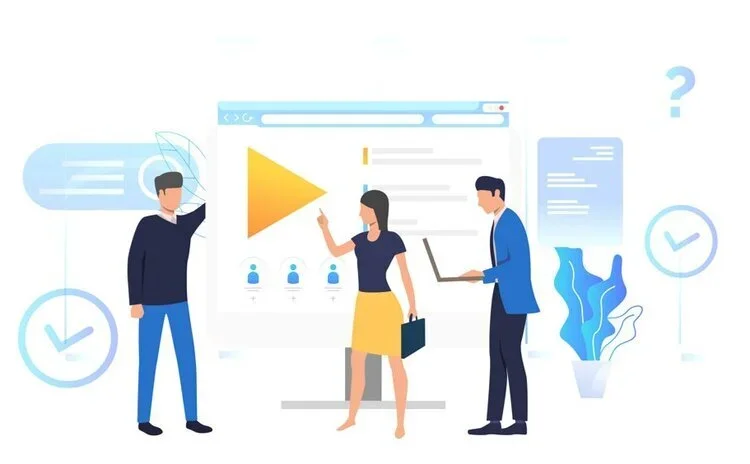How eLearning Enhances Patient Care
The traditional classroom approach to ongoing medical training has several drawbacks.
Cost
The cost of establishing and maintaining physical training centers, or renting space on an as-needed basis, is high; as is the difficulty in meeting changing demands due to constantly changing trends in disease treatment, medical technology, and drugs.
Time
Healthcare professionals are notoriously busy and hard-working. Finding time for even compulsory training is often problematic, especially for those whose roles in the hospital or clinic are often invaluable and cannot easily take time off of work to attend a training course.
Patient Care
Obviously, with your staff in a classroom, their effectiveness as providers is non-existent. Even as they may be training to improve patient care in your facility, they are unavailable to provide it.
With an e-Learning solution, all of these problems are eliminated. By its very nature, eLearning can be asynchronous, so clinicians and other healthcare professionals can receive training at their own pace, and without affecting patient care.
Benefits of eLearning for Healthcare Professionals
Beyond tracking compliance of required training for the staff of your healthcare organization, with real-time data and analysis, there are a number of benefits to employing a well-configured eLearning solution for administrators to consider:
Your eLearning platform is mobile, enabling staff to follow lessons from their office or home.
Your eLearning solution is relatively inexpensive to set up, update, and run; relative to traditional, classroom-based learning. When the need for such training does arise (which, for some lab-based study subjects, is inevitable), eLearning can be used to augment it, through hybrid-learning scenarios that offer the best of both worlds.
Because of the versatility of eLearning platforms, they can actually be more effective than traditional instruction models – unless the physical classroom has been updated with state-of-the-art educational tools (which can be extremely costly). With a well-designed eLearning solution, it is easy, and cost-effective, to incorporate interactive and multimedia capabilities within your training courses.
This is, of course, especially important for the healthcare industry, where images and figures play an extremely important role; for example, consider anatomy, organ structure, x-rays and ECGs, to name but a few cases where visual understanding is requisite.
It should go without saying that all of these benefits found when employing eLearning to enhance, augment, and even replace traditional training will greatly enhance patient care for your organization.
When the clear potential for increased return on investment (ROI) is added to the equation, the benefits of eLearning for clinicians, physicians, and other healthcare professionals become quite clear indeed.
Has your healthcare organization begun to replace or augment your traditional training cycles with eLearning? How has it been working for you? has patient care improved with the implementation of eLearning? Please share your thoughts in the comment section below.


